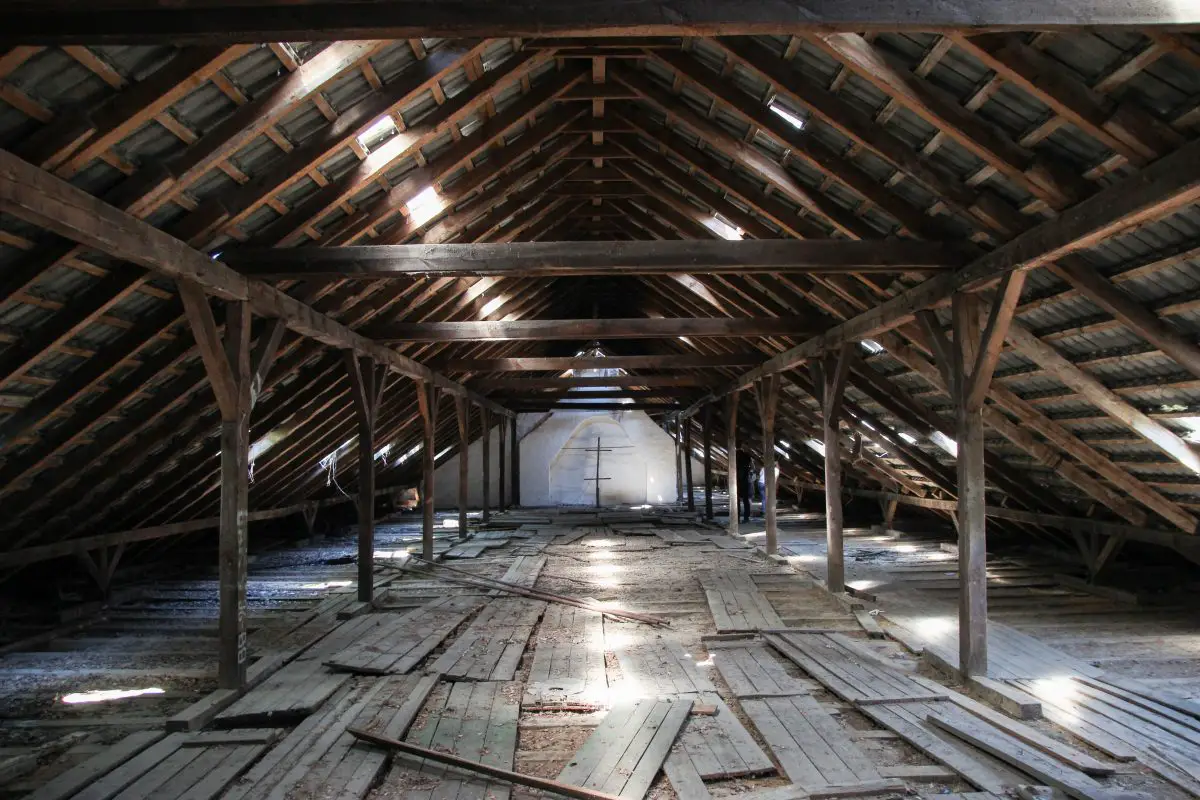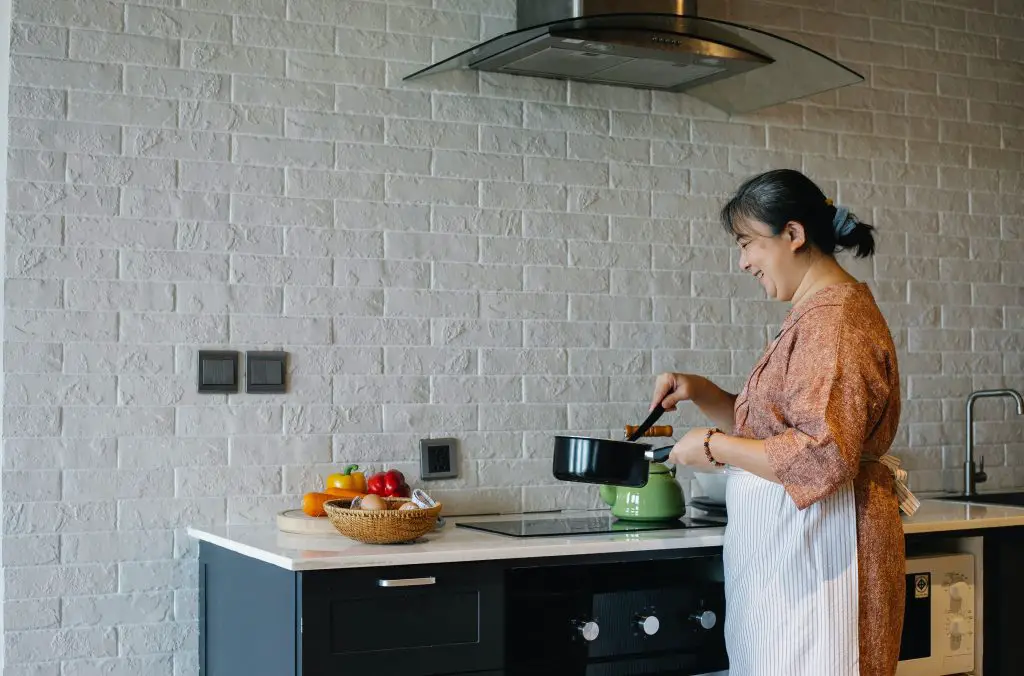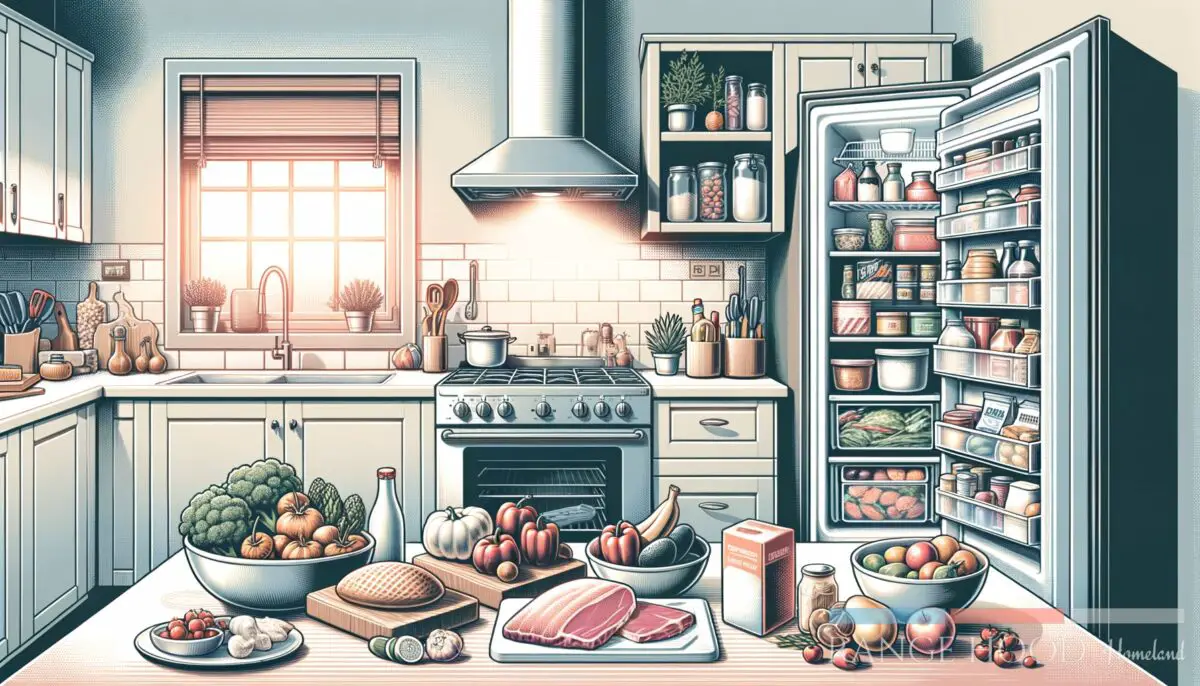When it comes to indoor air quality, it’s critical to do all you can to improve it. Installing a range hood is one of the simplest ways to accomplish this. A range hood traps gases and particles in the kitchen, which are then released into the air. But can you vent a range hood into the attic?
This article will teach you what a range hood is and whether you can release a range hood exhaust into your attic.
Never exhaust your hood into the attic. Mold growth may be a serious problem if you let oil and moisture accumulate in your attic. Instead, run the ductwork from the hood outdoors via a wall or the roof.
What is a range hood?
A range hood is one of the most important kitchen appliances. The range hood preserves the air quality in the kitchen and makes cleaning considerably easier by catching and removing contaminated air at the source.

In addition, a vented range hood can also help reduce the heat and noise generated in your kitchen—an important consideration if you have children or pets.
COSMO COS-63190S Wall Mount Range Hood

COSMO COS-63190S Wall Mount Range Hood
How does a range hood work?
A vent range hood works by exhaustively circulating air throughout your kitchen, drawing in any food particles in the air. It consists of a canopy “capture area” and a fan or blower motor to extract cooking-related air pollutants. This process helps clean the air and eliminate potential allergens or pollutants.
What are the benefits of a range hood vent (Advantages)
Upgrading to a high-quality range hood can be an easy way to enhance your home. Here are some of the benefits of using a range hood vent:
- It helps to reduce the amount of smoke and fumes in your home.
- It helps to reduce the number of cooking odors in your home.
- It can help to keep your kitchen clean and organized.
- It can help to improve the air quality in your home.
- It can help to protect your health and prevent respiratory problems.
If you’re looking for an easy way to improve the air quality in your home, a range hood vent is a great option.

What is an attic?
Attics assist manage temperatures in a home by supplying a large mass of slowly moving air, typically used for storage. Unfortunately, attics already have a bad reputation because heated air that rises from lower levels of a structure tends to get trapped there.
Why you should never vent a range hood into the attic.
There are a few potential disadvantages to venting a range hood into the attic.
1. Condensation may build up in your attic
Condensation occurs when heated air from your stove or oven meets cold ducting and may build up over time. It’s not fun to discover water damage in your attic after it’s been there for a while.
If you’re in a place where it dips below freezing, the moisture may build as ice and then melt all at once in spring. That’s not pleasant to clean up.
Also, if you have a low point in your duct, the water may gather there, and you’ll have a pool of water to clean up after a time. You shouldn’t let the water that’s too heavy move around in your duct for too long. Airflow efficiency might decrease when steel ducts corrode.
2. The attic will be covered increase over time
When you shift the stale air from your kitchen to the attic, it will seem like the air in your kitchen is clean. But, instead, you’re breathing in the accumulation of cooking fumes, grime, and other unwelcome elements that has settled into your attic.
But just because the air is in your attic doesn’t mean you’re protected from its damaging effects. The air from your attic can leak down into your house. Thus, you have not effectively eliminated the oil and smoke from your house by venting your hood into the attic.
3. High humidity leads to mold buildup
Not only will you be harmed by the smoke and grease in the air, but your roof will also suffer as a result.
Consider the scenario when you cook spaghetti and need to boil water. That steam flows through your duct and collects in your attic. The following day, you decide to prepare some Asian cuisine in a wok at high heat, and the resulting thick smoke quickly fills your whole home, even the attic.
Not even the wind can blow the steam and smoke away. They will never leave your attic, spending their time splattering paint and dangling from the rafters. Your attic’s insulation will deteriorate over time. Especially if moisture builds up, wood supports will start to rot and mold may collect.
4. Vermin may build up
Suppose your attic is filled with yummy smells, oily grease, and humidity. You will soon have new neighbors and won’t be happy about it. All kinds of bugs, birds, rodents, and more will make your attic their new home.
5. Can damage your health over time
The most obvious one is that it can cause serious air quality problems in the house. The range hood’s fan will pull in dust, pollen, and other irritants from the outside environment. This can lead to respiratory problems, eye irritation, and other health complications.
Long-term, it’s bad for your health, particularly if you have asthma or chronic obstructive pulmonary disease.
Another potential disadvantage is that it can be difficult to keep the attic clean. As dust, pollen, and other particles build up over time, they can become a breeding ground for mold and other fungi. This can lead to extensive damage to the house’s interior and serious health concerns for those living there.
If you’re considering venting a range hood into the attic, don’t, but if you must, consult with an experienced engineer first to ensure that it’s safe and effective.
If you want even more tips and insights, watch the “Kitchen Rangehood Ventilation Solutions” video from the Efficiency Matrix YouTube Channel.
Frequently asked questions (FAQ)
Do you still have questions? Below are some of the most commonly asked questions about venting a range hood into the attic.
Should your attic be ventilated?
You should provide at least one square foot of ventilation for every three hundred square feet of attic space. That works to 300 square feet of attic space for every square foot of attic ventilation. In addition, you should install intake vents equal to the number of exhaust vents in your building.
What happens if the attic is not vented?
Damage to your roof might begin in the attic if it isn’t properly aired. Attic leaks may be costly due to rusting nails, flashing, and duct straps. Also, mold and mildew may flourish in damp environments, leading to rotting underneath your shingles if the problem is not addressed.
Does a vent hood have to vent outside?
Range hoods do not have to be vented to the outside. Instead, you can purchase hoods without ductwork, called ductless hoods. But ducted range hoods are almost always preferred over ductless hoods.
Conclusion
A range hood is not just a kitchen accessory but also a great addition to your home. Just make sure you don’t vent it into the attic area of your house because the smell and the dust can lead to serious complications.
This article covered range hoods, how they work, and why you should never vent a hood in the attic. Here are some key takeaways:
Key takeaways
- A range hood is one of the most important kitchen appliances.
- A vent range hood works by exhaustively circulating air throughout your kitchen, drawing in any food particles in the air.
- Never exhaust your hood into the attic.
- Mold growth may be a serious problem if you let oil and moisture accumulate in your attic for too long.
So, have you decided what’s best for your range hood now? And did I cover everything you wanted to know? Let me know in the comments section below (I read and reply to every comment). If you found this article helpful, check out my full blog for more tips and tricks in your kitchen. Thanks for reading, and stay safe.















